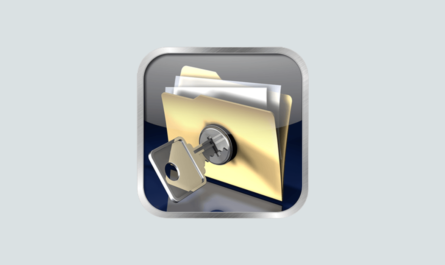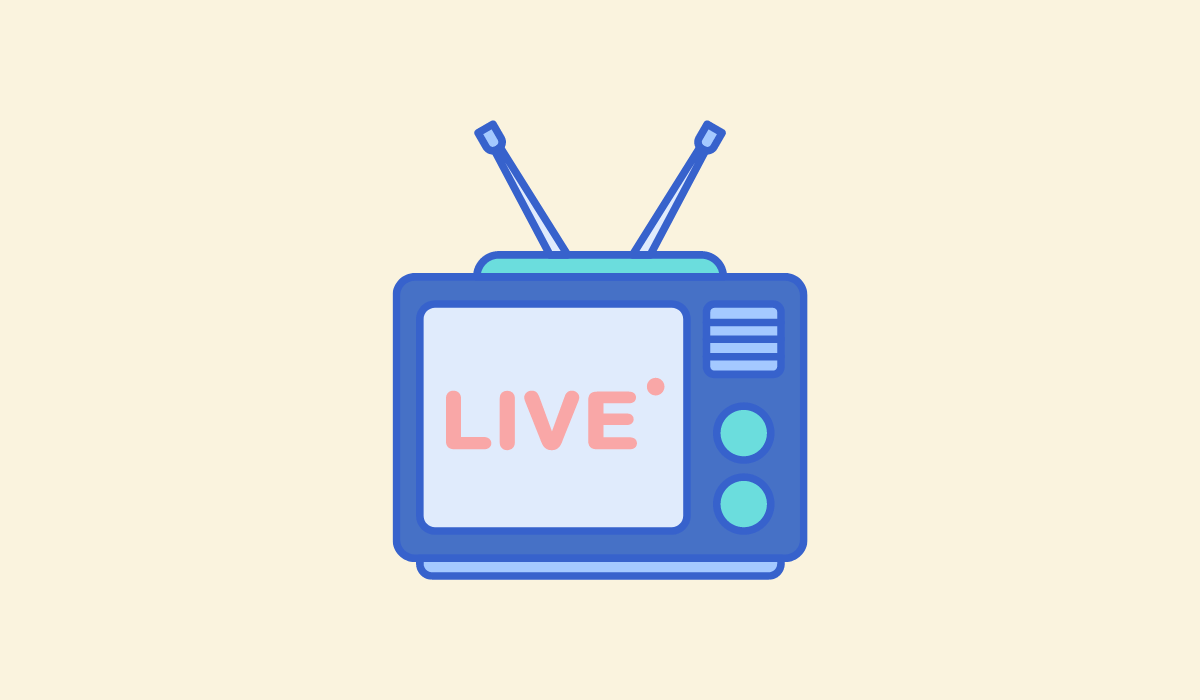If you have an arsenal of writing tools, a plagiarism checker should be one of the items on the list. There is software and other tools available that can assist with correcting grammatical rules and comma usage.
Plagiarism, on the other hand, is difficult to detect and cannot be handled by any other method. It is one of the major concerns shared by educators, students, and authors tasked with ensuring their copies’ originality. As a result, combating plagiarism is challenging, but the demand to check for it is even greater.
Plagiarism occurs when someone copies the work of another or imitates the work of another without giving credit for it. In addition, it is well-known for taking another author’s ideas, thoughts, words, and expressions and publishing or exploiting them inappropriately.
How Does Plagiarism Software Work?
Modern plagiarism checkers employ specialized algorithms to scour the web for text identical to the one checked to identify possible plagiarism.
To detect plagiarism, plagiarism checkers compare the content of your paper to that of previously published, publicly available works. Any detector that is so sensitive that it picks up commonly used word combinations is useless.
Copyright violations can be investigated further, or the original sources can be verified with the help of the reports generated by these tools. Some verifiers do comprehensive searches of scholarly publications, social media, and digital libraries. They can only function while connected to the web.
Several companies sell plagiarism checkers on the internet; each one has its own unique algorithm to identify instances of copied text. To ensure that their writing is original, authors can use free plagiarism detection software to analyze a small sample.
Premium services do more thorough checks and provide more detailed reports and plagiarism ratings. These resources either require a monthly subscription or a cost-per-page/word fee. After four separate checks, they consider the document to be satisfactory.
Best Plagiarism Checkers Right Now
1. Grammarly
When asked what comes to mind when thinking about tools to help with writing error-free text, Grammarly is often mentioned. The artificial intelligence (AI) writing helper tool improves communication efficiency, boosting productivity and, ultimately, corporate success. Grammarly has been shown to save production times, increase consistency in communication, and boost customer happiness.
The University of Michigan and Stanford University, among others, rely on this software as their go-to automatic proofreader and plagiarism checker. The application database includes over 16 billion online pages in addition to ProQuest’s databases, making it simple for professionals to evaluate content or documents for instances of plagiarism.
The software performs a type-based scan of the documents to detect accidental plagiarism. It covers not only formal writing but also creative writing, academic writing, and medical records.
2. ProWritingAid
When it comes to correcting your grammar and style, ProWritingAid is your go-to resource. The Premium Plus plan includes a plagiarism checker. Over a billion websites, scholarly articles, and other sources will be used to compare your work for instances of plagiarism.
The online tool checks for plagiarism and provides detailed results that include a variety of learning resources like quizzes, videos, articles, and suggestions, in addition to standard grammar and style checks. The content is protected with 256-bit bank-level encryption, and GDPR compliance is guaranteed.
The goal is to improve writing to keep the company’s brand consistent and boost the company’s reputation. For free, you can access ProWritingAid.com to access 19 reports on your writing and a summary report highlighting important problems and edits up to 500 words.
Whether using Google Docs, Microsoft Word, Scrivener, or Chrome, ProWritingAidPremium may seamlessly integrate into your workflow. Designed specifically for students, ProWritingAidPremium+ includes 50 different plagiarism detectors in addition to all the features found in the free edition.
3. Copyscape
Copyscape, created in 2003 by Gideon Greenspan, is a well-known plagiarism checker. Copyscape allows you to check the uniqueness of content by comparing it to other online sources. Essayists can also use Copyscape, which compares the submitted text to a database of internet works, to detect unintended plagiarism.
Copyscape is useful for keeping your site healthy and reducing duplicate content risk if you regularly post on a website or blog. You can set up alerts for previously published content and connect it via an API tool. It’s a form of proactive plagiarism software instead of the reactive kind used by Grammarly (i.e., it can alert you).
Specifically, I checked this site with Copyscape, a plagiarism-detecting software. After adding it to my sitemap, I discovered to my dismay, that one of my online evaluations had been stolen by another website. To my mind, plagiarism could have serious consequences for search engine optimization.
4. Unicheck
Unicheck’s user-friendly interface and cutting-edge technology make it an effective tool for detecting and eliminating content duplication. The online software for preventing plagiarism is user-friendly, with a clean interface and an extremely reliable range of capabilities.
As well as providing a comprehensive plagiarism analysis, the application also supports 99.9 percent of all common bulk uploads and file formats. There are Google add-ons available that help you find duplicate material. All major LMSs include these capabilities, thus, checking for plagiarised content across libraries, archives, and 91B domains is a breeze.
It provides in-depth analysis to prevent contract fraud, identify textual changes, and speedily identify similarities. In cases when digital manipulation of language is suspected, this tool can help reveal any hidden flags. No manuals, training, or additional setup are needed to use the many anti-plagiarism capabilities built within the originality report.
5. Plagiarism Checker X
Plagiarism Checker X might be the first step in improving your blog, research paper, website, or assignment. It makes sure the material is unique by comparing it to other documents for similarities. Windows Vista, 7, 8, 10, and 11 can all use the program without issue.
The tool can be used by digital marketers, authors, educators, students, and journalists to check for and eliminate plagiarised content. Over eighty countries use the instrument, including the United States, the United Kingdom, Germany, and India.
In addition to Egypt, Indonesia is also a viable option. You can get it in seven other tongues: English, French, Spanish, Dutch, Italian, Portuguese, and German.
The content similarity checker accepts multiple file formats, including RTF, Microsoft Word, plain text, and Pdf. It does a side-by-side comparison of the two files and flags any similarities. The online plagiarism checker examines the originality of online content to protect against search engine penalties.
Conclusion
As a business owner, you know how crucial it is to have original material on your site. It’s an essential component for raising the site’s search engine rankings.
Nonetheless, it is not uncommon to plagiarise material, fail to properly attribute a quote, or fail to properly cite a source. When there are several publications available online, it can be difficult to identify instances of plagiarism. Consequently, this equipment can be quite useful.


